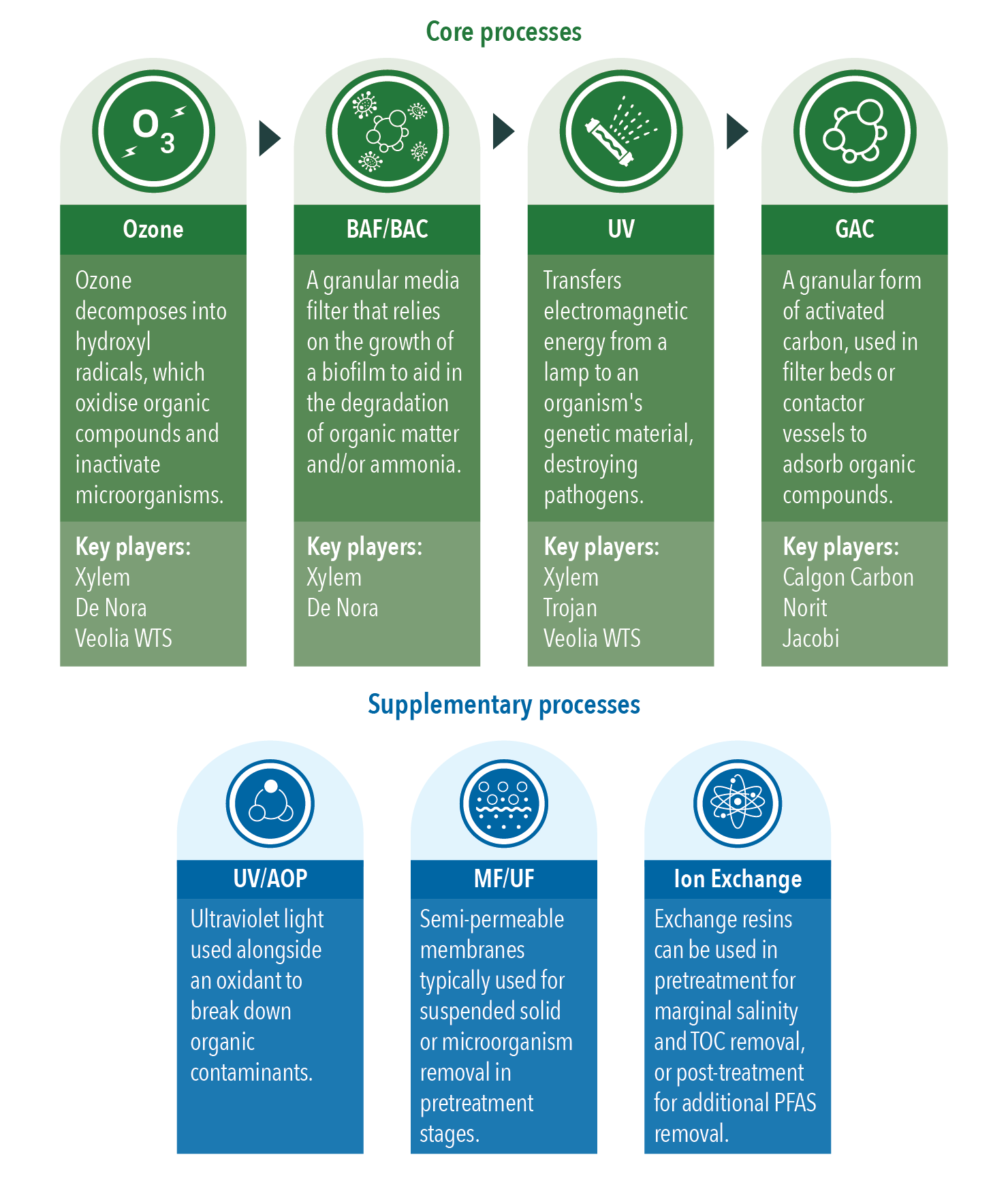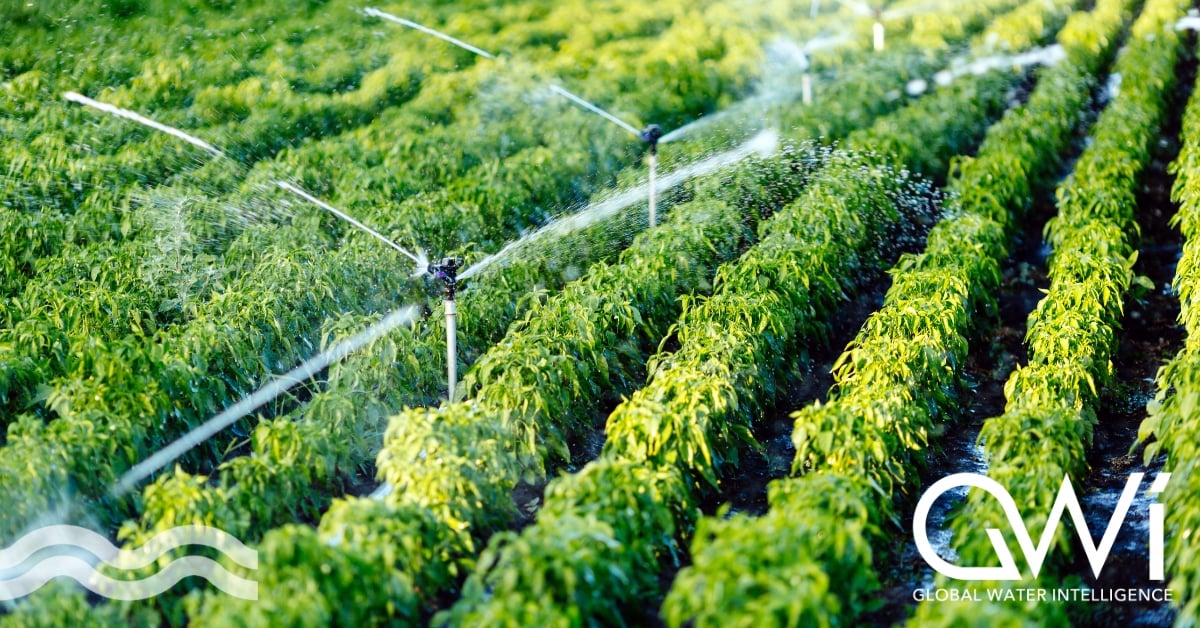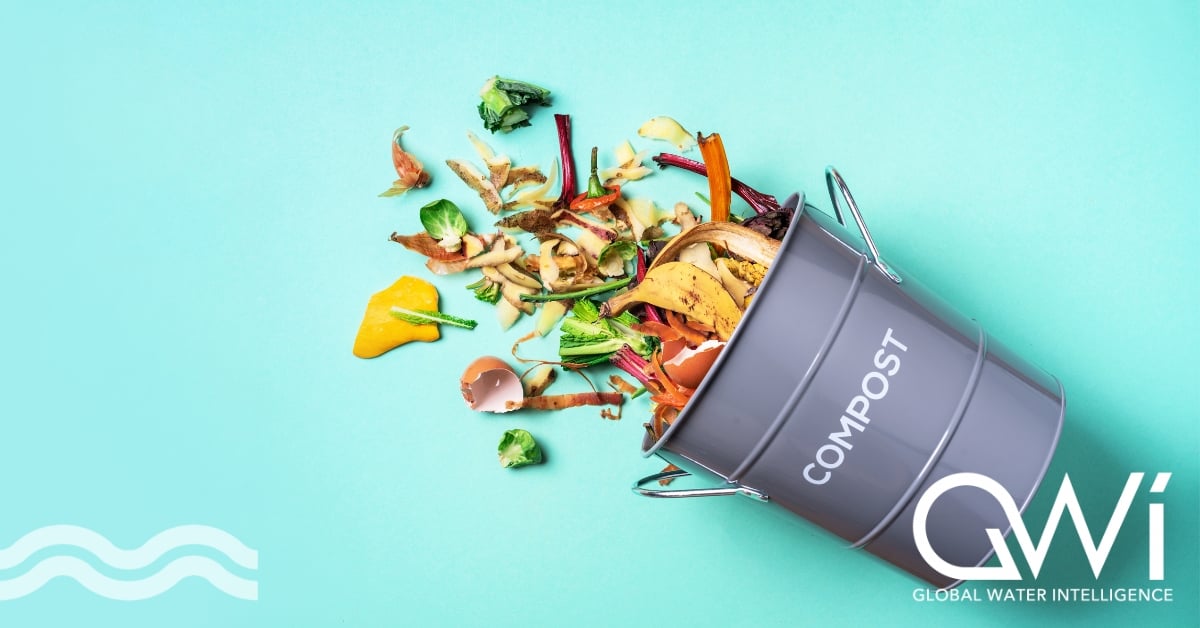CBAT looks to bypass brine challenges as new era of potable reuse beckons
CBAT looks to bypass brine challenges as new era of potable reuse beckons
Carbon-based advanced treatment is winning plaudits as more inland utilities seek to reuse secondary effluent without RO. A new report by GWI suggests that striking the balance between media costs and emerging contaminant removal is still a work in progress.
Brine-free water recycling alternative to RO
As drought concerns puh more utilities towards potable reuse, confidence is growing in the ability of carbon-based advanced treatment (CBAT) to deliver brine-free water recycling for municipalities unable to harness the power of reverse osmosis (RO).
While RO has become the gold standard for municipal reuse worldwide, its value proposition is often undermined by brine disposal challenges, which have long prevented inland municipalities from harnessing the power of wastewater recycling for potable purposes. Increasingly, CBAT is challenging this, offering cities a path towards indirect or direct potable reuse capacity while replicating the pathogen removal potential of RO.
With environmental buffers offering a crucial support mechanism, CBAT has largely established its credentials in indirect potable reuse applications (IPR) – though proving its worth in direct potable reuse (DPR) is the next big challenge. This is especially important as project proponents in the US and South Africa move closer to breaking ground on carbon-based DPR systems.

What is CBAT?
CBAT is engineered to achieve significant log removal (LR – i.e. the effectiveness of a technology in removing contaminants, measured on a logarithmic scale) values for pathogens and remove contaminants of emerging concern (CEC) from wastewater treatment plant effluent that has undergone biological treatment.
CBAT’s ability to achieve impressive CEC and pathogen removal levels has been solidified by a series of successful pilots in Florida, Colorado, and Texas – many of which have demonstrated >90 per cent removal of key indicator CECs and double-digit LR values for virus, Giardia, and Cryptosporidium.
"CBAT’s ability to achieve impressive CEC and pathogen removal levels has been solidified by a series of successful pilot."
Despite the potential efficacy of the multi-barrier approach, CBAT is not without its weaknesses. Conventional configurations do not remove salt, while inorganics can also cause issues, and bromide can pose challenges for ozonation, potentially transforming into the disinfection by-product (DBP) bromate, which is not removed in later treatment stages. CBAT’s ultimate appeal lies in its ability to replicate many of the achievements of RO without producing a high-TDS waste stream that is impractical to dispose of. Capital costs themselves can be far lower than RO-based systems, while operational savings also come from reduced energy use. For example, in Florida, the City of Altamonte Springs’ DPR CBAT pilot met regulatory goals for CECs and pathogens while reporting treatment cost that averaged “35-52 percent lower than membrane-based advanced treatment processes”.
Usage increasing across inland states
CBAT is not a new treatment configuration and has slowly amassed commercial references since breaking onto the scene in 1968 as part of Namibia’s pioneering direct potable reuse (DPR) programme in Windhoek.
More recently, CBAT use has been accelerating, especially in indirect potable reuse (IPR) applications, where tightening wastewater discharge regulations, saltwater intrusion and land subsidence can be just as important drivers than water scarcity.
A patchwork of regulations
The big challenges
While confidence in the treatment train’s ability to achieve stringent log-reduction goals for pathogens is growing, whether CBAT has fully earned its stripes for contaminant removal in direct potable reuse applications remains a contentious issue – despite a DPR facility being operational in Namibia for decades.
Early-stage DPR pilots have shown successful removal for numerous CECs, but pass-through contaminants remain the overarching industry concern. These include NDMA (often formed during ozonation), short-chain PFAS (including PFHxA and PFPnA), NMOR (a little-studied, though potentially dangerous organic compound) and 1,4-dioxane, an evasive industrial chemical (see chart, left).
Removal of these constituents is challenging, especially due to the complex role organic and inorganic precursors can play in driving disinfection by-product formation.
The path forward
Going forward, the onus to adapt treatment trains to local source water quality concerns via supplemental removal stages is likely to be a prerequisite for effective CEC and salinity management – though IPR does offer breathing room for municipalities to navigate these challenges with the aid of natural environmental buffers.
However, as the industry moves closer to the domain of DPR, tricky questions remain regarding CBAT’s ability to consistently meet CEC goals – especially given uncertainty surrounding future contaminant rulemaking.To read more about regulations driving the CBAT market, key players and projects
We promise never to send you spam and you can unsubscribe at any time!






